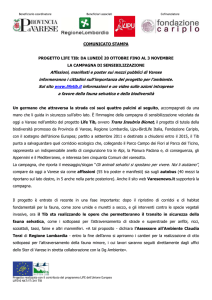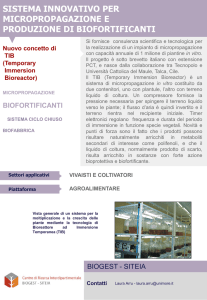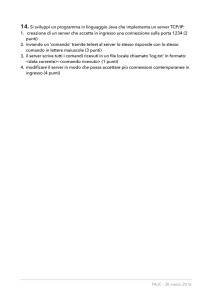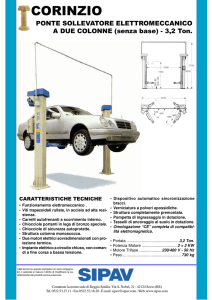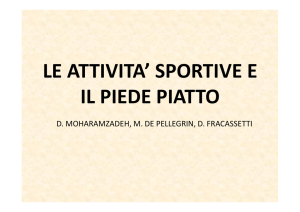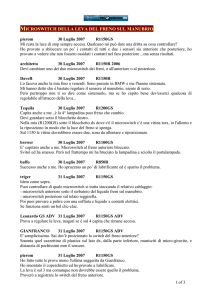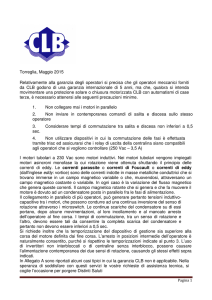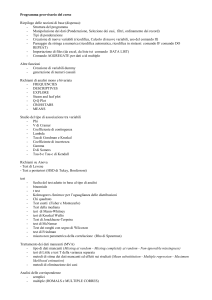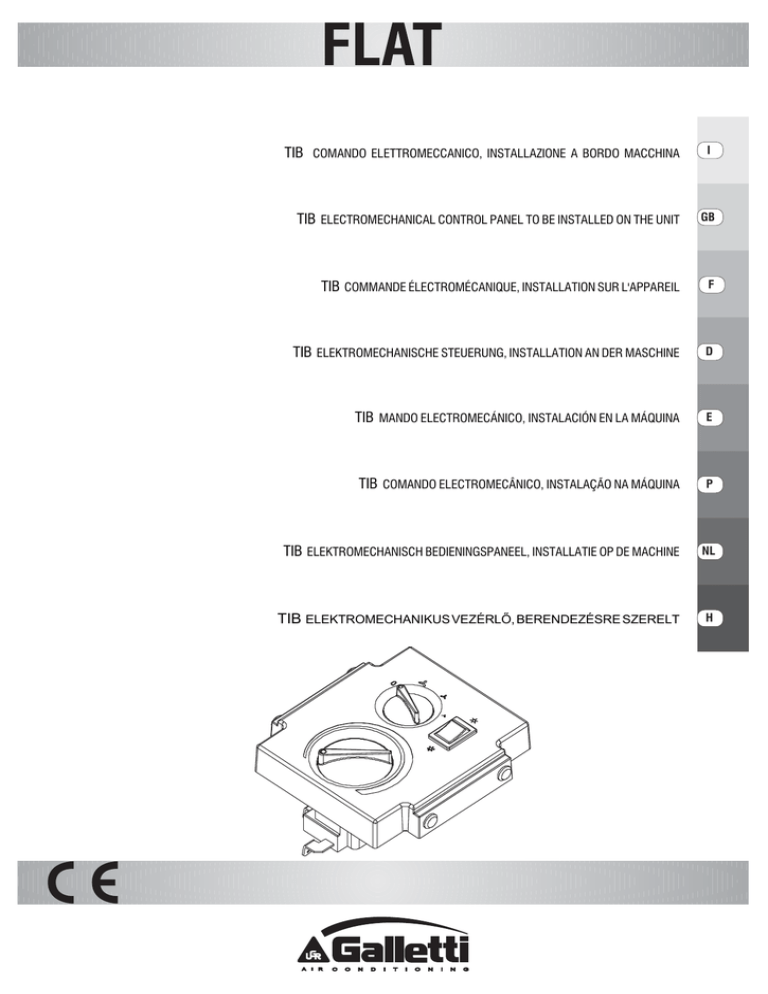
TIB COMANDO ELETTROMECCANICO, INSTALLAZIONE A BORDO MACCHINA
I
TIB ELECTROMECHANICAL CONTROL PANEL TO BE INSTALLED ON THE UNIT
GB
TIB COMMANDE ÉLECTROMÉCANIQUE, INSTALLATION SUR L'APPAREIL
F
TIB ELEKTROMECHANISCHE STEUERUNG, INSTALLATION AN DER MASCHINE
D
TIB MANDO ELECTROMECÁNICO, INSTALACIÓN EN LA MÁQUINA
E
TIB COMANDO ELECTROMECÂNICO, INSTALAÇÃO NA MÁQUINA
P
TIB ELEKTROMECHANISCH BEDIENINGSPANEEL, INSTALLATIE OP DE MACHINE
NL
H
SPM
TIB
Pannello di comando elettromeccanico per installazione a bordo macchina; esegue
la commutazione manuale della velocità di funzionamento del terminale e la regolazione
automatica della temperatura ambiente agendo sul gruppo motoventilante dell'unità, sia in fase
di riscaldamento che in fase di raffreddamento.
Installabile su tutte le versioni del FLAT, il pannello di comando comprende un commutatore
rotativo a 4 posizioni (3 velocità + stop), un termostato elettromeccanico con sonda ad
espasione di fluido (campo di regolazione +6/+30°C) ed un selettore di funzionamento
raffreddamento/ riscaldamento.
Il comando viene fornito completo di cavetti per il cablaggio alla morsettiera del ventilconvettore
e di portasonda adesivo.
INSTALLAZIONE
Munirsi di guanti protettivi.
Togliere tensione al terminale.
Smontare il mobile di copertura agendo sulle viti di serraggio apposite, prestando attenzione
a scollegare il cavo di collegamento al microswitch prima di allontanare completamente
il mobile dall' unità base (figura 1)
Il pannello comando è previsto per montaggio ad incastro sulle fiancate dell'unità base;
installarlo sul lato opposto agli attacchi idraulici (lato morsettiera elettrica), individuando
le asole di fissaggio ricavate sulle fiancate della struttura base di acciaio zincato. (figura 2)
Inserire i perni a bottone nelle asole e trascinare il comando a fine corsa. (figura 3)
Applicare il portasonda adesivo sulla coclea del ventilatore in una posizione tale da
consentire alla sonda di effettuare una rilevazione precisa dellla temperatura ambiente.
(figura 4)
Effettuare i collegamenti elettrici come segue:
1. figura 5
TIB comando elettromeccanico + TC termostato di consenso (con
intervento del microswitch sulla ventola)
2. figura 6
TIB comando elettromeccanico + VK valvola a 3 vie motorizzata (con
intervento del microswitch sulla ventola)
3. figura 7
TIB comando elettromeccanico + VK valvola a 3 vie motorizzata (con
intervento del microswitch sulla ventola e sulla valvola)
Procedere al montaggio del mobile di copertura, ripristinando il collegamento al microswitch
(figura 8 e 9)
N.B. NEL COLLEGARE I FILI AL COMMUTATORE DI VELOCITA' SEGUIRE
SCRUPOLOSAMENTE LA NUMERAZIONE STAMPATA IN NERO SUL CORPO DEL
COMMUTATORE.
I collegamenti tratteggiati vanno eseguiti dall' installatore.
Per ogni ventilconvettore nella linea di alimentazione deve essere presente un sezionatore di rete
onnipolare in categoria di sovratensione III.
Nelle schema elettrico sono utilizzate le seguenti abbreviazioni:
WH Bianco = comune motore
B K Nero = velocità massima
BU Blu = velocità media
RD Rosso = velocità minima
BN Marrone
TIB Comando elettromeccanico
C Commutatore di velocità
SF Selettore di funzionamento estate/inverno
T
Termostato
MS Microswitch
M Motore ventilatore
CN Connettore a faston
TC Termostato di consenso (accessorio)
V K Valvola a 3 vie motorizzata (accessorio)
F
Fusibile di protezione, non fornito
IL Interruttore di linea, non fornito
The electromechanical control panel to be installed on the unit makes it possible to manually
change the indoor unit operating speed and to automatically adjust the room temperature in
heating and in cooling mode through the fan-drive assembly operation.
The control panel suitable for installation on all FLAT versions features a 4 position selector rotary (3
speeds + stop), an electromechanical thermostat with fluid expansion sensor (regulation range +6
/ +30°C) and a cooling/heating selector.
The controller is supplied complete with wires for the electrical connection to the fan coil terminal
board and the adhesive sensor holder.
INSTALLATION
Wear protective gloves
Turn off the power to the indoor unit
Remove the cabinet after taking out the fastening screws; be careful to disconnect the wire
connected to the microswitch before detaching the cabinet completely from the base unit (figure
1).
The control panel is designed to be fit into place on the side panels of the base unit; install it on
the side opposite the plumbing connections (electric terminals side), locating the fastening slots
provided on the sides side panels of the galvanised steel base structure (figure 2).
Insert the button pins into the holes and a pull the control board to the end position. (figure 3).
Apply the adhesive sensor holder on the fan volute in a position where the sensor may accurately
read the ambient temperature (figure 4).
Make the electrical connections as shown below:
1. figure 5
TIB electromechanical control + TC fan stop thermostat (tripping the fan
microswitch)
2. figure 6 TIB electromechanical control + VK motor-driven 3-way valve (tripping the fan
microswitch)
3. figure 7 TIB electromechanical control + VK motor-driven 3-way valve (tripping the fan
and valve microswitch)
Fasten the cabinet back in place (after reconnecting the wire to the microswitch) (figures 8 and
9)
N.B. TO CONNECT THE SPEED SELECTOR WIRES STRICTLY ABIDE BY THE NUMBERS PRINTED IN
BLACK ON THE SELECTOR BODY.
The connections indicated must be made by the installer.
An omnipolar mains isolator in overvoltage category III must be present for every fan coil in the power
supply line.
In the wiring diagrams the following abbreviations are used:
WH White =common - motor
BK Black = maximum speed
BU Blue = Medium speed
RD Red = Low speed
BN Brown
TIB Electromechanical control
C Speed switch
SF Summer/winter selection switch
T
Thermostat
MS Microswitch
M Fan motor
CN Faston connector
TC Fan stop thermostat (accessory)
VK 3-way motor-driven valve (accessory)
F
Safety fuse - not supplied
IL Circuit breaker - not supplied
USO
USE
I
I
GB
A - COMMUTATORE DI
VELOCITÀ
0FF Arresto
Velocità massima
Velocità media
Velocità minima
B - SELETTORE DI
FUNZIONAMENTO
Raffrescamento
Riscaldamento
GB
C - TERMOSTATO
A - SPEED SWITCH
Senso antiorario:
0FF Stop
Minima temperatura di regolazione
6 °C
Max. speed
Med. speed
Min. speed
Senso orario:
Massima temperatura di regolazione
30°C
C - THERMOSTAT
Anticlockwise
Minimum setting temperature: +
6 °C
Clockwise
Maximum setting temperature: +
30°C
HOW TO ORDER
TIB remote speed switch . Code FYTIB
COME ORDINARE
Commutatore di velocità a distanza TIB codice FYTIB
FC66002490 - 01
B - FUNCTION
SELECTION
Cooling
Heating
2
È severamente vietata la riproduzione anche parziale di questo manuale / All copying, even partial, of this manual is strictly forbidden
TIB
1
2
FC66002490 - 01
6
È severamente vietata la riproduzione anche parziale di questo manuale / All copying, even partial, of this manual is strictly forbidden
TIB
3
4
7
FC66002490 - 01
È severamente vietata la riproduzione anche parziale di questo manuale / All copying, even partial, of this manual is strictly forbidden
TIB
5
6
FC66002490 - 01
8
È severamente vietata la riproduzione anche parziale di questo manuale / All copying, even partial, of this manual is strictly forbidden
TIB
7
8
9
FC66002490 - 01
È severamente vietata la riproduzione anche parziale di questo manuale / All copying, even partial, of this manual is strictly forbidden
TIB
9
FC66002490 - 01
10
È severamente vietata la riproduzione anche parziale di questo manuale / All copying, even partial, of this manual is strictly forbidden

